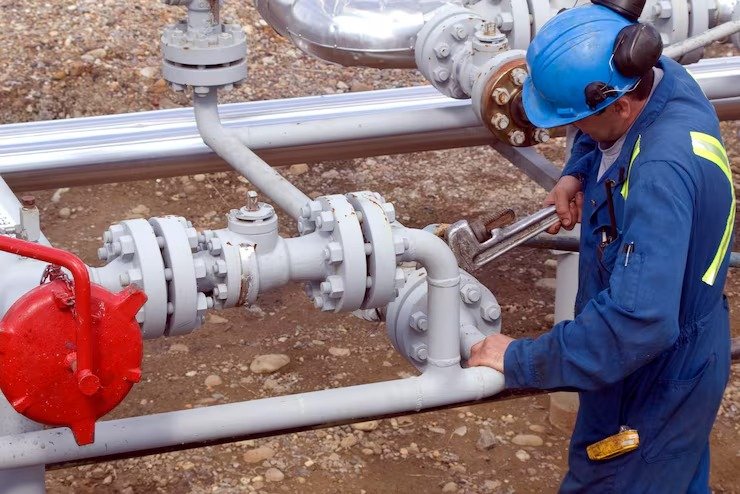
Access to clean and safe water is crucial for your family’s well-being and daily activities. However, many homeowners don’t realize that their water supply can become contaminated if backflow occurs. Backflow happens when water reverses its normal flow inside your plumbing system, allowing pollutants like dirt, chemicals, or bacteria to enter your clean water lines. This contamination can affect the water from your taps, showers, and faucets.
The best way to avoid this problem is by installing a backflow prevention device, which ensures that water flows in one direction—out of your home—and blocks any reverse movement. Let’s look at how these devices function and the different types available.
How a Backflow Preventer Works
A backflow preventer acts like a one-way security gate within your plumbing system. Its job is to keep clean water flowing toward your fixtures and stop any backward flow. The main components include:
- One-Way Valve (Gatekeeper):
This valve allows water to move forward but closes tightly if it tries to flow backward, stopping contamination. - Pressure Relief Mechanism (Safety Feature):
If there’s a sudden change in pressure, this mechanism releases the excess to prevent reverse flow. - Spring (Support System):
The spring keeps the valve closed during normal operation but opens when needed to maintain proper water flow.
Together, these parts ensure that clean water and contaminated water never mix.
Common Types of Backflow Preventers
Different situations require different types of backflow preventers. The most commonly used are:
- Double Check Valve (DCV):
This option includes two check valves for extra protection. It’s affordable, reliable, and ideal for homes in Mooresville that face moderate contamination risks. - Pressure Vacuum Breaker (PVB):
Frequently used for irrigation or sprinkler systems, a PVB allows air to enter the system if water pressure drops, preventing back-siphoning. It’s perfect for outdoor use. - Reduced Pressure Zone (RPZ):
RPZ assemblies offer the highest level of protection. They’re typically installed in commercial or high-risk environments where pressure changes are more extreme.
Why Backflow Prevention Matters
Backflow can pollute your home’s water without any visible warning. Contaminated water may contain harmful bacteria or chemicals, making everyday tasks like drinking, cooking, or bathing unsafe. Installing a proper backflow preventer helps protect your household water supply and keeps your family safe.
Professional Backflow Testing in Mooresville
Even after installation, backflow preventers require regular testing to ensure they function correctly. Partnering with a trusted Backflow Testing Company in Mooresville guarantees compliance with local regulations and keeps your system running efficiently.
With more than a decade of experience, LKN Backflow Testing serves homeowners across Mooresville and the Lake Norman area. Our certified technicians use advanced equipment to inspect, test, and maintain backflow prevention systems, keeping your water safe year-round.
Final Thoughts
Clean water isn’t a luxury—it’s a necessity. Installing and regularly testing your backflow prevention device is a simple yet powerful way to protect your home. By working with a reputable Backflow Testing Company in Mooresville, you can rest assured that your water system is safe and reliable.

